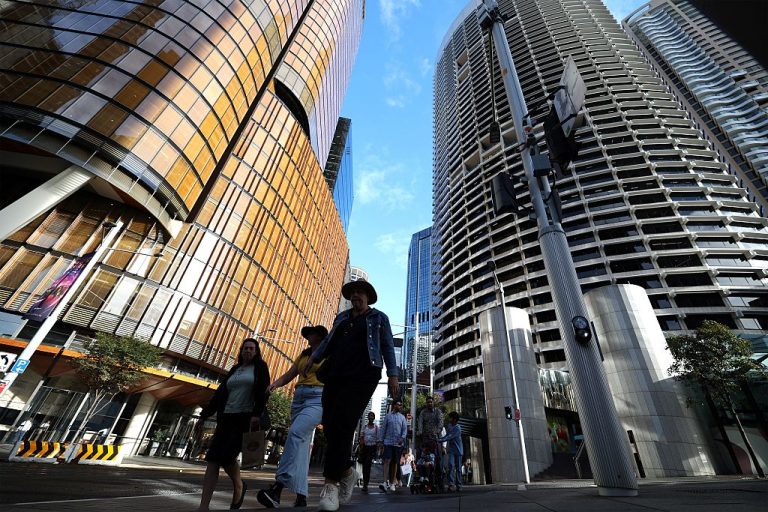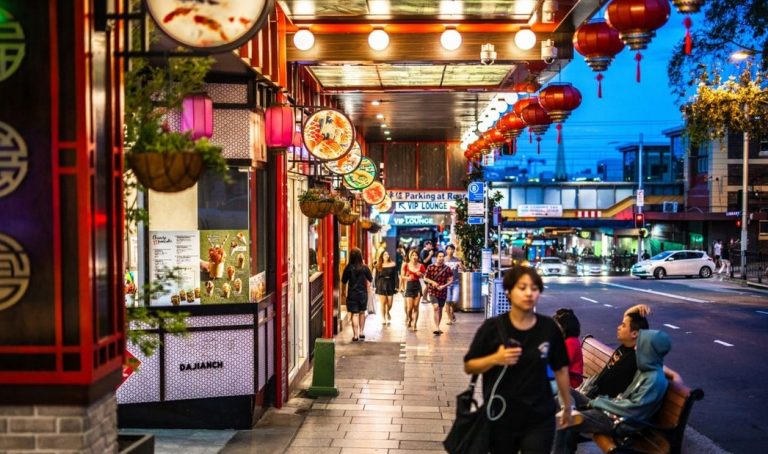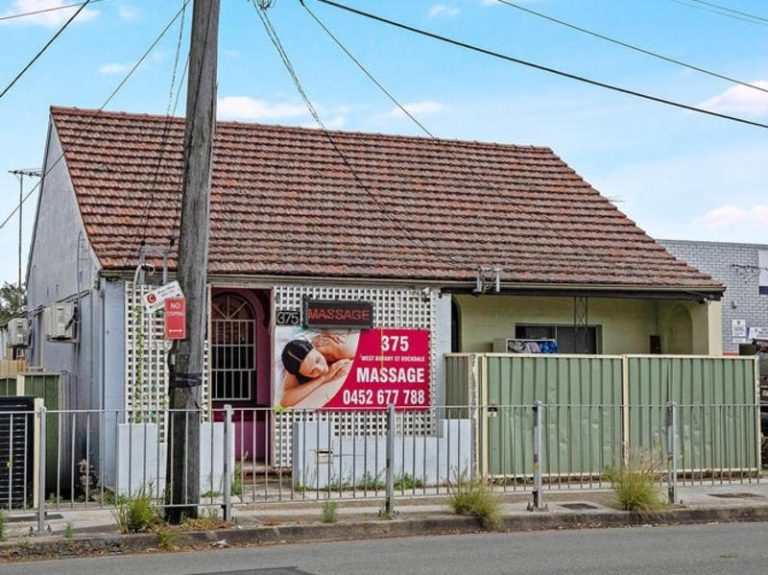Green push to create shortage of net zero office space
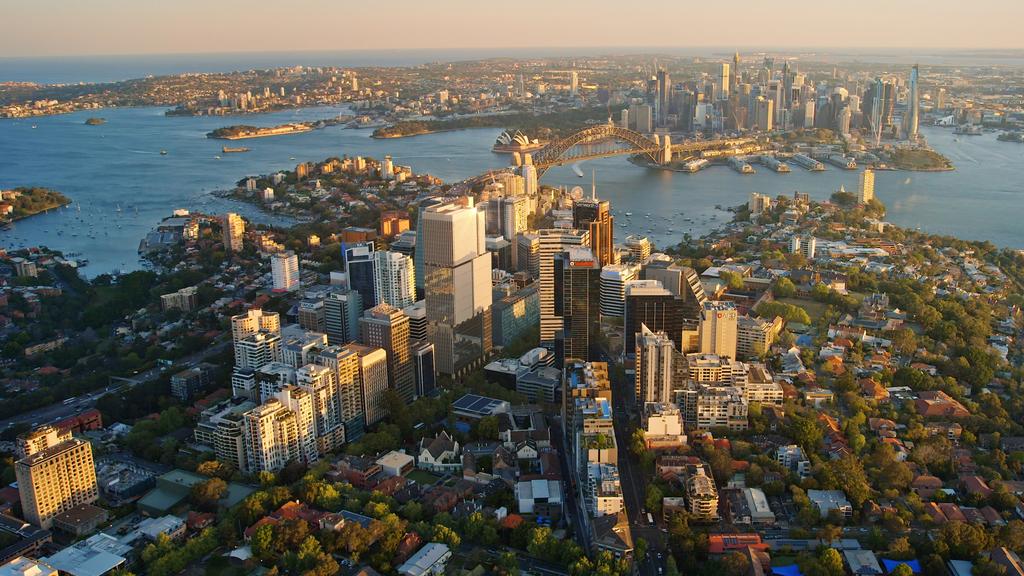
The Lendlease development above Victoria Cross station (artist’s impression) is one of the Sydney sites that will offer true zero carbon-ready stock.
Property developers will struggle to meet the hefty requirements of corporate Australia for green office space as demand is expected to spike later in the decade amid a squeeze on new buildings.
The demand by big companies to hit net zero carbon targets in their office space in the central business districts of Melbourne and Sydney risk not being met by supply of new space, according to JLL.
The agency is predicting a spike in demand for space in sustainable buildings through to 2030. In Sydney, surge years of demand for net-zero operation carbon premises are predicted to be 2024, 2028 and 2030.
Companies shifting offices to find green premises in the Melbourne CBD market are expected to create a crush in the years 2027, 2028 and 2030.
The limited supply coupled with the growing net zero commitments of tenants is likely to mean significant occupier churn in the market in the short-to-mid-term.
“We have uncovered that there are currently no true zero carbon-ready buildings of scale. Most office buildings in Melbourne and Sydney rely on gas heating systems. A net zero ready asset needs to be free of fossil fuels, which means electrified,” JLL head of strategic research Annabel McFarlane said.
“However, though there aren’t any electrified assets in Melbourne or Sydney CBD markets, we are tracking four electrification projects under construction in Melbourne CBD,“ she said.
They include one whole building refurbishment project, ISPT’s 500 Bourke St, and one electrification project for a near fully occupied asset, AXA’s 101 Collins St, as well as two new builds.
“We are monitoring several electrification projects in Sydney CBD but none are under construction yet or are located outside the CBD,” Ms McFarlane said.
Electrification strategies are now embedded in all new developments, while existing operational assets are at various stages in putting in electrification.
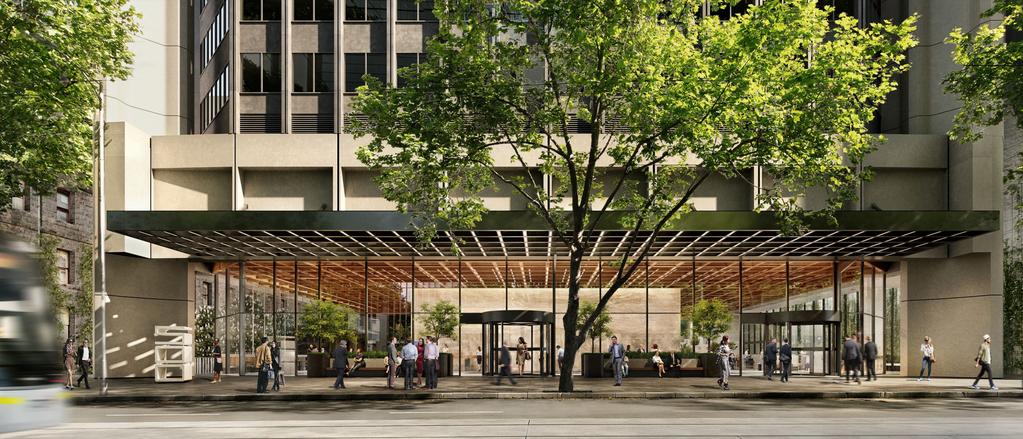
ISPT’s 500 Bourke Street, Melbourne, will be fully electric.
“Given office market vacancy is projected to remain elevated for much of the decade, early mover landlords with already energy efficient highly sustainable assets stand to benefit from electrification projects with higher rents and less vacancy, as tenants with net zero carbon targets compete for available space in the few assets that align with their net zero carbon aims,” Ms McFarlane said.
“Large office occupiers with net zero carbon target dates, particularly near-term targets, have a very real challenge in addressing their sustainability ambitions given the low availability of highly energy efficient stock and the absence of full electric stock,” JLL head of office leasing Tim O’Connor said.
He said there was a risk that some occupiers will be caught with limited options as lease expiries approach and they’re faced with a highly competitive environment for highly sustainable assets due to low supply projections, he said.
There are 47 buildings rated 5.5 or 6-star NABERS energy in the Sydney CBD office market, totalling 1.5 million sq m.
They are seen as the best options for occupiers with sustainability aims over the medium term.
Mr O’Connor said there would be significant demand for zero carbon ready premises across the Sydney CBD, “Notable years of demand for ready premises are 2024, 2028 and 2030,” he said.
The Melbourne CBD has 32 buildings rated 5.5 or 6 stars, representing 1.14 million sq m in total, and it will also face a squeeze for green space.
“The notable years of demand for ready premises in Melbourne will be a bit later than Sydney, in 2027, 2028 and 2030,” Mr O’Connor said.
The only Sydney under construction pipelines for true zero carbon-ready stock are located outside the CBD, with Lendlease’s Victoria Cross, North Sydney site, and Atlassian and Dexus’s Atlassian Central.
In Sydney’s CBD, Charter Hall’s future existing upgrade at Chifley Square and development of the new Chifley South tower are planned to be fully electrified.
In Melbourne, six of 10 assets under construction have NABERS pre-certification, with two assets pre-certified with 5.5 stars.
One whole building refurbishment will also be fully electric – ISPT’s 500 Bourke St. Construction is also under way at Cbus’s 435 Bourke St development, which is designed as fully electric. AXA’s program of upgrades for 101 Collins St also aims towards electrification and Mirvac’s 7 Spencer St project is expected to complete in 2025 and will be fully electric.
The demand for green space is strong. In Sydney, the largest office occupiers hold 1.5 million sq m, with 74 per cent embracing net zero carbon targets.
In Melbourne’s CBD, like-minded businesses occupy 1.28 million sq m, and 67 per cent have net zero carbon targets.

